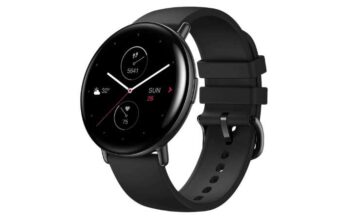ADSL and optical fibre are the most widespread navigation technologies that can be used to navigate from a fixed-line. The differences between these two options are several, starting with the speed they allow you to reach. But speed is not the only parameter to consider when choosing which telephone contract to activate.
What Are The Main Differences Between ADSL And Optical Fiber?
ADSL is an asymmetrical navigation technology in which data passes through copper cables. On the other hand, when surfing on optical fibre networks, the data exchange on the network is symmetrical, and the information passes through glass fibre cables. In pure optical fibre connections (FTTH or Ultra FTTH), the entire telephone network is made of optical fibre up to the customer’s home. In mixed copper fibre connections (FTTC), on the other hand, the section that reaches the control unit on the street is in optical fibre. The final section between the control unit and the customer’s house is copper.
These infrastructural differences affect browsing speed and the quality of the internet signal. While with ADSL, you can reach speeds of up to 20 Mbps, with a fibre optic connection, you can exceed 1 Gbps. Line stability is also different: an ADSL connection is more affected by network traffic and bad weather interference, while fibre optic connections are more resistant.
Which Technology To Choose?
There are at least three considerations to make:
- what are the needs that the internet connection must satisfy;
- what is your spending budget ;
- what is the coverage offered by the telephone operators?
The first point is one of the most important choice parameters. Understanding how the Internet is used helps to direct the choice process and to identify the most suitable solution for oneself.
In general, a fibre optic connection is preferable to an ADSL if you need to use the Internet to carry out activities that require the transmission of large amounts of data, such as online games or streaming content, or when you need to use the Internet by browsing with multiple devices at the same time.
The price of internet offers is another important aspect to consider. In recent years, due to the greater diffusion of technology, the price of optic fibre contracts has dropped, making FTTC and FTTH connections accessible also from an economic point of view.
Finally, to effectively compare ADSL and fibre optic offers, it is necessary to consider the coverage offered by telephone operators. Free tools are available online to check what technology you can access. Using the SOStariffe. A coverage verification tool, for example, is sufficient to indicate your home address and a few other data to find out which technologies you can access and have a list of the best Internet offers that can be activated. Compare the characteristics of the offers of several operators.
How To Compare Offers And Find The Best One For Your Needs
Since fiber optic connections are faster and more efficient, comparing ADSL and fibre offers might seem excessive. In reality, there are better solutions than a fibre optic connection.
When comparing ADSL, FTTC and FTTH connections, it must be considered that, at the moment, ADSL is the technology accessible to the largest number of people. For many people who live in small towns, ADSL is the most immediate and cheapest way to access the Internet.
Complicating the choice of the right internet connection is the availability of many offers from telephone operators. Fortunately, using a rate comparator, you can quickly compare all the offers that suit your needs. With SOStariffe., for example, you can compare the best ADSL and fiber optic rates and identify the most convenient solution in terms of price and functionality.
Also Read: What Is Broadband? Internet At The Speed Of Light








